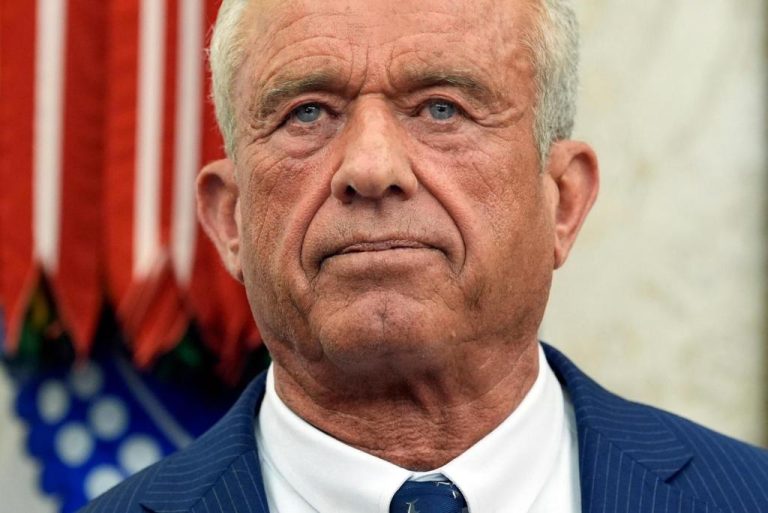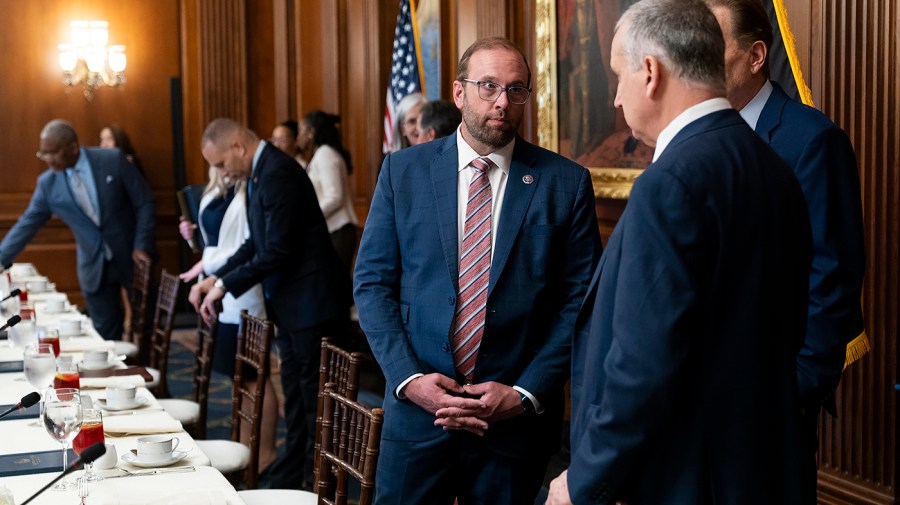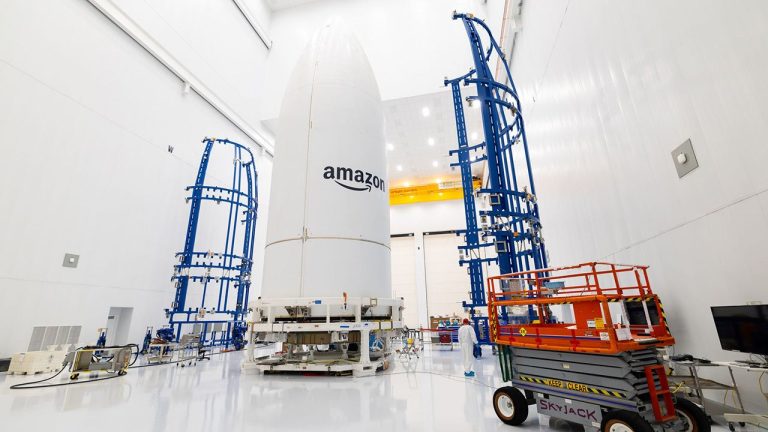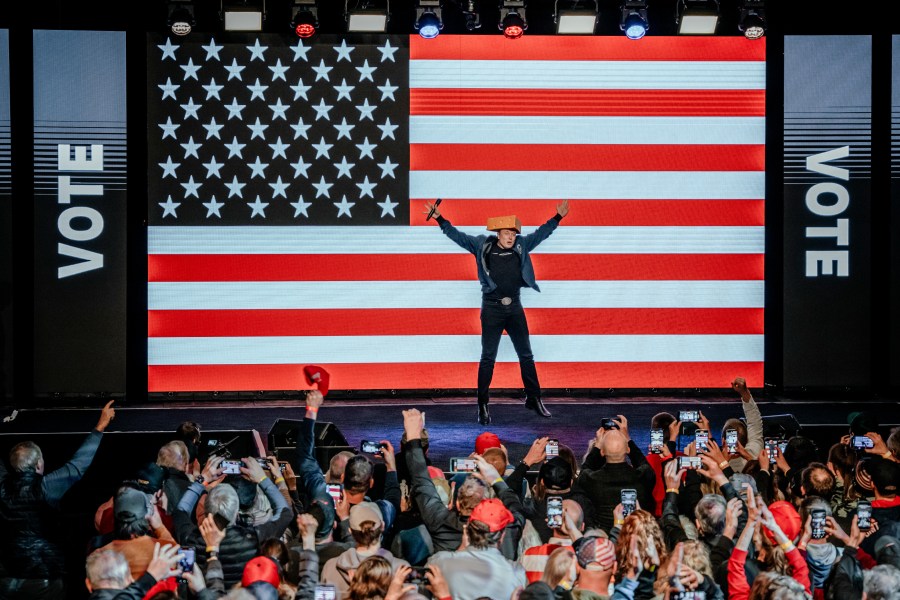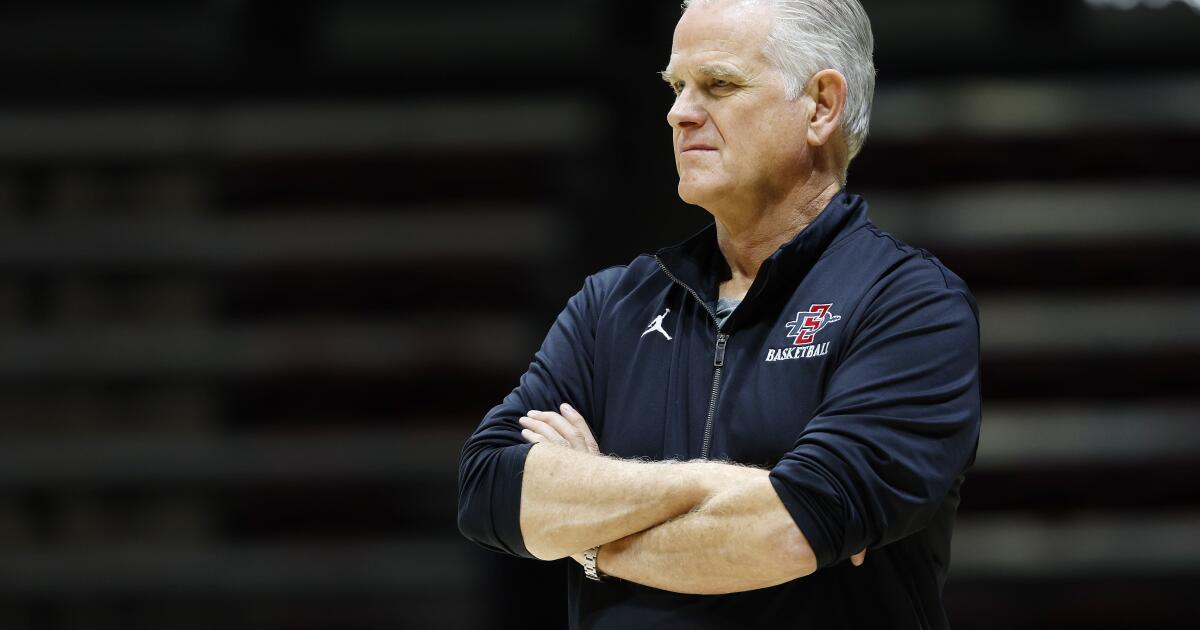

San Diego State’s athletic department announced Monday that it is partnering with MESA Foundation, the name, image and likeness collective for its basketball programs. The collaboration gives MESA use of Aztecs’ logos, the season-ticket holder database, in-arena advertising and a banner ad on GoAztecs.com that links to its website.
“As an official partner,” a university news release said, “MESA will have access to multi-media assets that will generate awareness and engagement.”
That’s a polite way of saying MESA needs to raise more money for the men’s basketball team to remain nationally competitive. And soon.
Here’s how MESA co-founder Jeff Smith put it:
“The one message that I think more and more people are understanding on their own, or when we have time to talk with existing supporters, is there is no question without this growing and getting bigger than it is right now, the version we have in year two – which is bigger than it was in year one – will be inadequate to make sure that players stay here or come here in year three.”
MESA emerged as the basketball program’s primary NIL collective last season with its unique approach to what has become an inconvenient, uncomfortable part of Division I athletics. For months, it has quietly pushed to secure the formal endorsement and partnership of the university, and Monday’s announcement represents the culmination of those efforts.
Coach Brian Dutcher has admitted he was initially reluctant to the notion of players being paid under the pretense of marketing but has accepted the reality. He now spends one or two days a week at NIL fundraising events.
“We have to raise NIL money if we’re going to stay relevant in college basketball,” Dutcher said. “We have to bump our resources to remain competitive on y as a whole.”
The urgency comes from what SDSU’s roster might look like next season. The current roster is split between six veterans and seven freshmen or sophomores with little (or no) college experience. Three of those veterans will exhaust their eligibility, and guard Lamont Butler, who nearly turned pro last spring, is expected to after this season.
The most logical way to replace that experience — to, in coachspeak, get old and stay old — is through the spring transfer portal, and that requires increasingly large sums of money.
Despite reaching the national championship game, the Aztecs were spurning by several transfer targets — one to New Mexico, one to Texas Tech, one to Nebraska — for reported NIL promises ranging from $150,000 to $450,000. Another player eligible to return, starting forward Keshad Johnson, left for Arizona and NIL estimated in the mid-six figures.
They survived with four of their nine-man rotation returning, two of whom couldn’t leave for NIL riches without sitting out a year because they would be second-time transfers plus another who had already transferred twice and didn’t want to relocate a third time. By next season, all nine could be gone.
Meanwhile, collectives at New Mexico, UNLV and Boise State have amassed NIL war chests believed to be larger than SDSU’s. Colorado State and Nevada aren’t far behind.
“We’re the best team in the conference,” Smith said, “but we’re somewhere in the range of the fourth best in NIL, maybe fifth.”
MESA was conceived with a community service component, requiring players to participate in six to eight charitable events per year — the ALS Walk, a blood drive, a youth basketball camp, a food bank distribution — plus several others via social media posts. Players also can cut individual endorsement deals like Butler has with several local companies. All that hasn’t changed.
“Not only are we important to San Diego State University, we’re important to the city of San Diego,” Dutcher said. “What we do from a community service standpoint, and the causes our guys are supporting and endorsing, are meaningful to the community. I think people can get behind that and feel good about it.”
What has changed is how, and how much, money is distributed.
Last season, MESA had a budget of $325,000 and disbursed about $25,000 each to 11 scholarship players. In Year 2, the budget has grown to more than $500,000 and includes all players on the roster, scholarship or walk-on, but at different levels. Certain veterans are getting double what they did in Year 1.
That puts them in the $50,000 range, which they all graciously say is welcome income for themselves and their families. That opens the door to offering more to an incoming transfer instead of a flat rate that everyone receives or deterring an existing player from chasing NIL elsewhere.
Fellow Final Four participant Miami reportedly had $2.2 million in NIL last season.
“What remains to be seen if some of these programs continue to get the kind of money they’re getting,” Dutcher said. “Do people tire of it and funding will go down? That’s all a moving target right now.
“There’s always another level. Before NIL, there was stuff with blue blood programs that always have had more. We’ll never get to that level, but we don’t have to be. We just have to be competitive.”
The hope, Smith said, is the combination of a downward market correction and a bump in MESA funding puts SDSU in the conversation for a broader pool of transfers when the portal opens in March.
How much of a bump?
“It was an impossible thing to answer in the first year,” Smith said. “There’s enough information now to comfortably say that where we are is OK, but where need to probably be is twice that, in the $1 million to $1.5 million range. That’s the objective.”
One method is MESA-sponsored events like Thursday night at the University Club in Symphony Towers downtown, where 180 boosters paid $750 each to attend a private Mountain West ring ceremony with the players. Smith has said the most viable model in San Diego is attracting smaller donations from a larger number of people in the absence of larger donations from a few big fish.
To that end, the partnership with SDSU offers MESA the ability to expand its reach.
“One of the biggest challenges for us is multiplying by enough folks who receive the information and receive the message,” Smith said, “and to have that audience be the audience following San Diego State basketball is a big thing. We have for quite some time now been pushing this message with the athletic department to pull in a broader cross-section of the community.
“The university definitely reached the conclusion that it’s critical and they need to get behind it.”
Universities, in general, have been hesitant to partner with NIL collectives so not to compete for a finite pool of booster dollars with their in-house fundraising arms. Every dollar donated to a collective, the theory goes, is one less that goes to the athletic department.
“This is the world of college athletics now,” Athletic Director John David Wicker said. “We’re appreciative we have a group that wants to invest in our student-athletes and do it the right way, and we’re happy to continue working with organizations that want to help our student-athletes in this way.”



